Why There Is Water on Earth
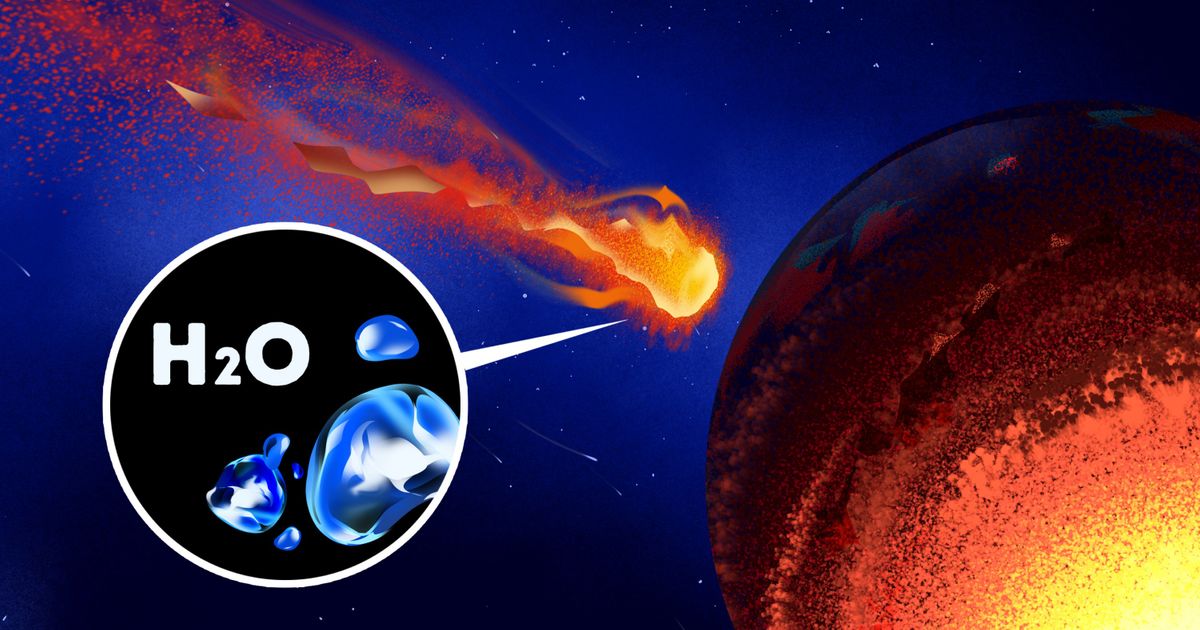
The oceans weren’t always present. Before, the Earth was dry and didn’t have any liquid or ice water. We at 5-Minute Crafts went ahead and scoured the internet to find out what happened for us to end up surrounded by water, and discovered that there are 3 possible theories.
At the beginning, Earth was too hot for water to exist.
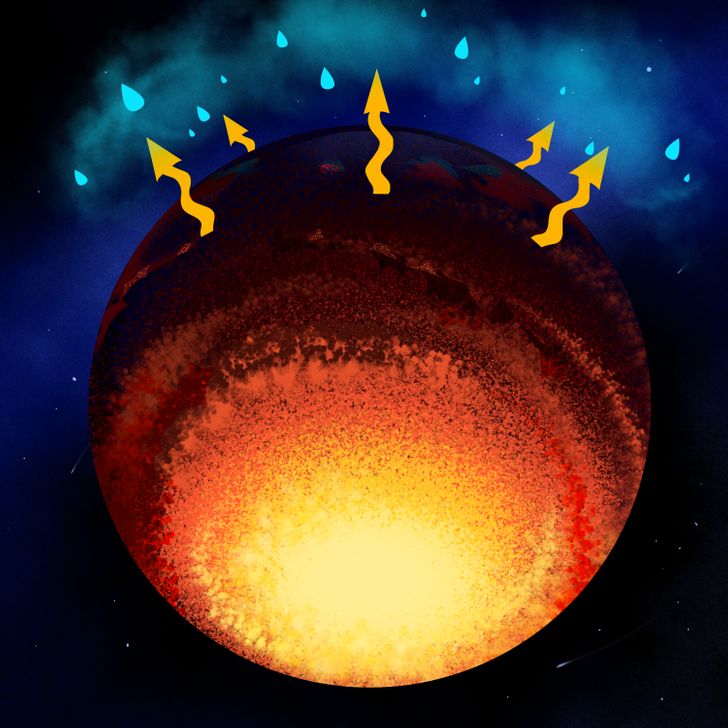
Earth, like other planets that are too close to the sun, didn’t allow for rocks of ice to form. Water brought from other rocks from outer space that would end up molding Earth, would also have been instantly boiled away. This means water came later.
There are 3 different theories as to why water appeared on Earth:
1. Hydrogen (H2) was brought from outer space.
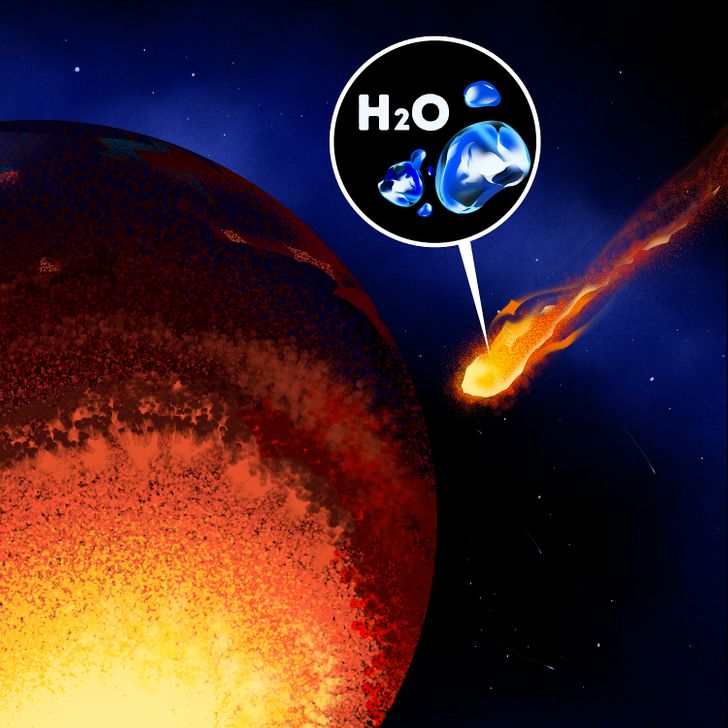
Some meteorites called carbonaceous chondrites, as well as other hydrated celestial bodies, were formed far enough from the sun to contain ice in them. Scientists initially thought that this was how water was delivered from space to Earth.
2. Hydrogen (H2) was present in the rocks that formed Earth.
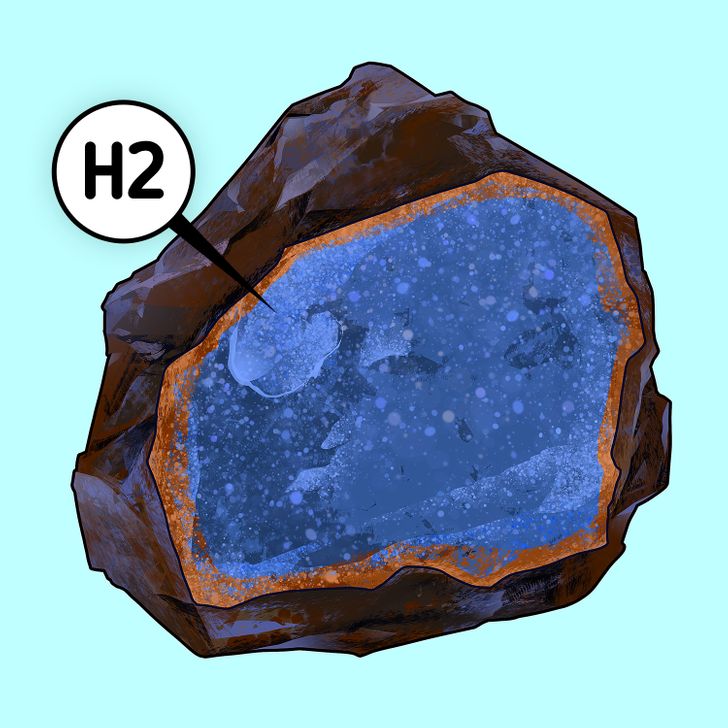
A recent study suggests that Earth got a lot of its water from the original materials that formed the planet. Researchers went to look for signs of water in one kind of rare meteorites (enstatite chondrite meteorites), and their chemical makeup is close to the same primordial materials that could be found on our planet 4.5 billion years ago.
These pristine meteorites also contain hydrogen (hydrogen reacts with oxygen to produce water or H2O), and the researchers looked at exactly 13 of them for their study, and it was found that they have less water in them than ordinary meteorites. However, it was enough to explain the amount of water we have today.
3. A mixture of both
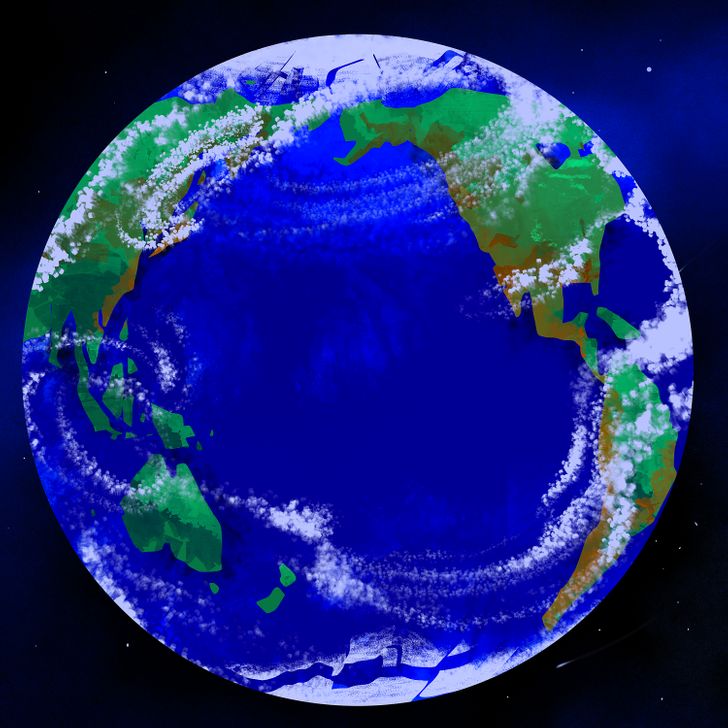
Because of these recent findings, it is believed that both the hydrogen already present in the Earth’s formation, together with the hydrogen later delivered by hydrated celestial bodies, makes up for the water we have today.